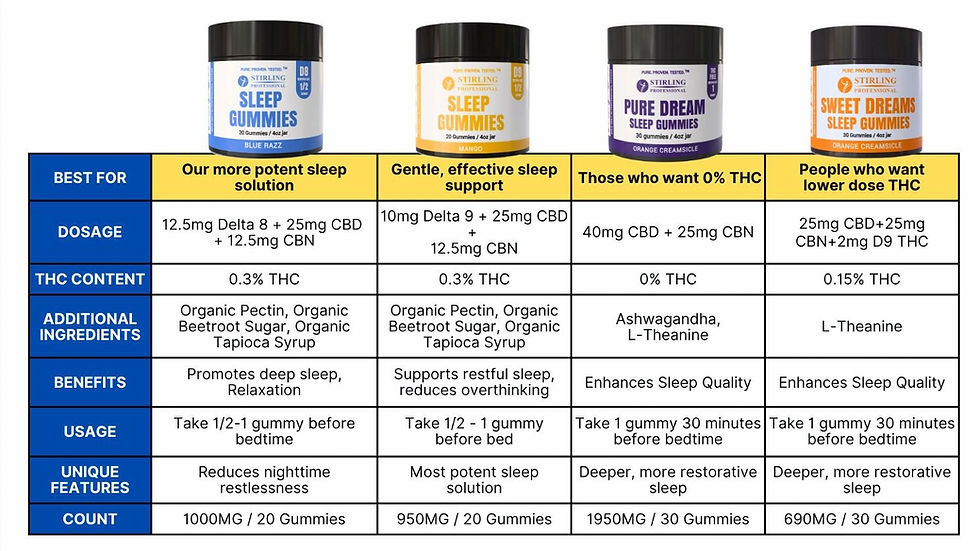As you may have herd studies show that over 70% of Americans have unhealthy levels of vitamin D.
- drlindaberry
- Sep 12, 2021
- 4 min read
That’s a big concern because vitamin D controls the expression of over 1000 genes in the body…
And nearly EVERY tissue in the body has a vitamin D receptor, including the immune system, skin, thyroid, stomach, colon, pancreas, and more.
Therefore, what lower vitamin D levels means are suboptimal results in your body for:
• Mood issues
• Circulation
• Skin issues
• Cognitive health
• Healthy immune function
• Bone health
• Muscle strength
• And MUCH more

And unfortunately, it is extremely difficult to get the vitamin D your body needs from food. Fatty fish, liver, and eggs contain some, and mushrooms provide a bit, too. However, you’d have to eat a rather impossible amount of these foods to get the vitamin D you need. For example, many experts recommend you get at least 2000 IU of vitamin D daily, but one whole egg has only 41 IU of vitamin D and a cup of typical store-bought mushrooms has less than 10 IU. So, then, what exactly is nature’s top source of vitamin D? The sun! That’s right, sunlight on your skin is literally a form of nutrition that’s meant to provide all of the vitamin D your body needs. Unfortunately, people spend an average of over 90% of their time indoors, so they’re not getting nearly the amount of sun needed for proper vitamin D. And when they are outside, they don’t expose enough skin to sunlight to get the amount of sun rays they need. Making the problem Worse is that: • Many people use sunscreen. It’s a Catch-22, because sunscreen is important for various reasons, but it also can prevent you from absorbing the sun’s rays that lead to your body producing vitamin D. • The older you are, the less your body produces vitamin D from the sun. For example, a 70-year-old can make 4 times less vitamin D than a 20-year-old. • Those who are overweight or obese need even more vitamin D because body fat tissue may “sequester” the vitamin, meaning less is available to the body in the blood stream. • If you live at latitude 37 degrees north (or south) of the equator or more – meaning over half the U.S. -- it’s hard to get much vitamin D, except in the summer, even if you do go outside. Now, as you can see taking a vitamin D supplement is very smart. However, the OTHER BIG PROBLEM you need to know is that some vitamin D supplements out there can fall far short. For example… 1. Some use low-grade forms of vitamin D, including vitamin D2 (ergocalciferol). Meanwhile, multiple studies have shown that vitamin D3 (cholecalciferol) is substantially more effective – 3 TIMES more, in fact – than vitamin D2 when it comes to raising the body’s levels of vitamin D. 2. Even if they do contain the superior vitamin D3, some provide inadequate amounts of it. Look closely at those labels, and you’ll see some provide only 200 to 800 IU, which may not be enough. The “sweet spot” amount of vitamin D experts are now recommending is 2000 IU per day, so you want to look for 50 mcg (2000 IU) of D3 on labels. 3. Vitamin D works closely with vitamin K to carry out many key functions in the body, yet some vitamin D supplements do not provide you vitamin D’s “partner”, vitamin K. This is important because, as research published in the International Journal of Endocrinology points out, current evidence supports the notion that joint supplementation of vitamins D and K might be more effective than either alone for a variety of reasons, such as supporting bone and cardiovascular health. 4. Some vitamin D supplements come in liquid form where you have to use a dropper to take it That’s because their stability can be influenced by oxygen, temperature, humidity and light, which can reduce the vitamin D content. Along those lines, research has shown that the vitamin D content of liquid vitamin D preparations can drop significantly when stored at room temperature after they’re opened.
5. Bioavailability is another significant issue with some vitamin D supplements. Research has shown that the absorption efficiency of vitamin D, which is a fat-soluble compound, ranges between 55 - 99%. Along those lines, taking steps to enhance bioavailability may optimize supplementation. One such bioavailability enhancement is the use of phospholipids, which encapsulate nutrients like vitamin D, protects them and mimics the natural digestion process to help improve absorption.
6. Some vitamin D supplement manufacturers do NO third-party testing to ensure potency and purity. This is important, however, because it ensures the product meets label claims and is screened for impurities, contaminants, and other potentially dangerous compounds.
As you can see, Vitamin K2 Increases the absorption of vitamin D. I take a fantastic one pictured here from from Bioclinic Naturals. You can order this and other supplements from Fullscript. Get a 10% discount and free shipping on orders of $50 or more using this link. After you create your account search for Vitamin D3 & K2 from Bioclinic Naturals.
As always, here's to you best health!
Dr. Linda
Fun Fact: How old is the sun? Can you imagine 4.5 billion years




Comments